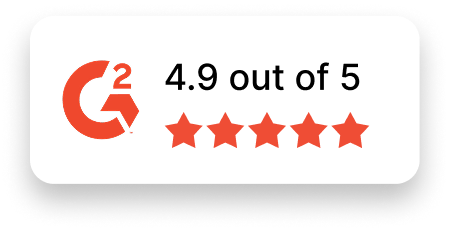This guide will reveal why software developer job descriptions matter, not just to HR, but to tech leaders, developers, and organizations as a whole. We’ll break down how they influence employer branding in competitive tech markets, hiring quality developers, engineering team engagement, legal compliance, and business innovation. By the end, you’ll see why thoughtful, well-crafted job descriptions matter more than you think.
The Role of Job Descriptions
A developer job description is not just a list of technologies and requirements. It acts as the front door to your engineering culture and the blueprint for technical success.
Setting Expectations for Everyone
Developer job descriptions do one thing above all else: they bring clarity. When everyone knows what’s expected from day one, engineering teams function smoothly. Developers understand their responsibilities and tech stack, managers know what to measure, and the company gets a roadmap for technical progress.
A vague or outdated job description creates uncertainty and confusion, leading to mismatched expectations, technical debt, and poor performance.
First Impressions Count for Tech Employer Branding
That well-written developer job post is usually a candidate’s first impression of your engineering culture. According to Stack Overflow’s Developer Survey, over 75% of developers consider company culture important when evaluating job opportunities. The job description doesn’t just sell a role; it tells a story about your tech stack, development practices, and engineering values. Clear, compelling language can help you stand out in a competitive tech job market and attract developers who share your technical vision.
Example
Compare these job descriptions for the same position:
Option A:
Seeking experienced software developer with proficiency in Java, Spring Boot, AWS, and React. Must have 5+ years experience and be detail-oriented.
Option B:
Are you passionate about crafting elegant solutions to complex problems? Join our collaborative engineering team building a platform that serves millions of users daily. You’ll architect microservices using Java/Spring Boot, contribute to our React frontend, and help shape our AWS infrastructure as we scale. We value clean code, thoughtful testing, and continuous learning.
Which engineering team would you rather join?
The Link Between Job Descriptions and Quality Hires
Tech recruitment is expensive and time-consuming. According to Dice, the average time-to-hire for technical positions is 51 days, and the cost of a bad hire can reach $85,000. Vague or inaccurate job descriptions open the door for mismatched technical skills, unrealistic expectations about tech stack familiarity, and quick turnover.
Getting the Right Developers, Not Just Anyone
A targeted, specific job description filters out the noise. It draws in developers with the right technical skills and engineering mindset, while discouraging those who aren’t a fit. The clearer you are upfront about your tech stack, development methodology, and engineering challenges, the more likely you are to attract serious contenders who resonate with your company’s technical needs and developer culture.
What Makes a Job Description Effective
- Clear, concise technical responsibilities: Developers want precise information about what they’ll actually build day-to-day.
- Required and preferred technical skills: It’s helpful to separate what technologies are truly needed from “nice-to-haves.”
- Technical growth opportunities: Top developers want to know they can advance their skills or explore new technologies.
- Insight into engineering culture: Development methodologies, code review practices, and on-call expectations matter.
Crafting Better Job Descriptions
Given their importance, developer job descriptions deserve more attention than a quick copy-paste of technical requirements. If you manage engineers or recruit technical talent, invest time in making job descriptions accurate, specific, and engaging.
Steps to Writing a Great Job Description
- Start with a clear technical job title: Use standard industry terms like “Backend Developer” or “DevOps Engineer” rather than internal titles like “Code Ninja.”
- Write a brief but captivating technical overview: Sell the technical challenges and share what makes your engineering problems exciting.
- List main development responsibilities in easy-to-scan bullet points: Focus on key coding tasks, technical projects, and technical decision-making authority.
- Specify essential and preferred technical qualifications: Separate must-have technologies from nice-to-have experience to avoid overloading requirements.
- Describe engineering culture and values: Help the candidate picture themselves as part of your development team, including info about code reviews, pair programming, or DevOps practices.
- Include remote work policies or unique aspects: Development work often allows flexibility; be transparent about your approach.
- Build in technical growth: Note opportunities to learn new technologies or take on increasing technical complexity.

